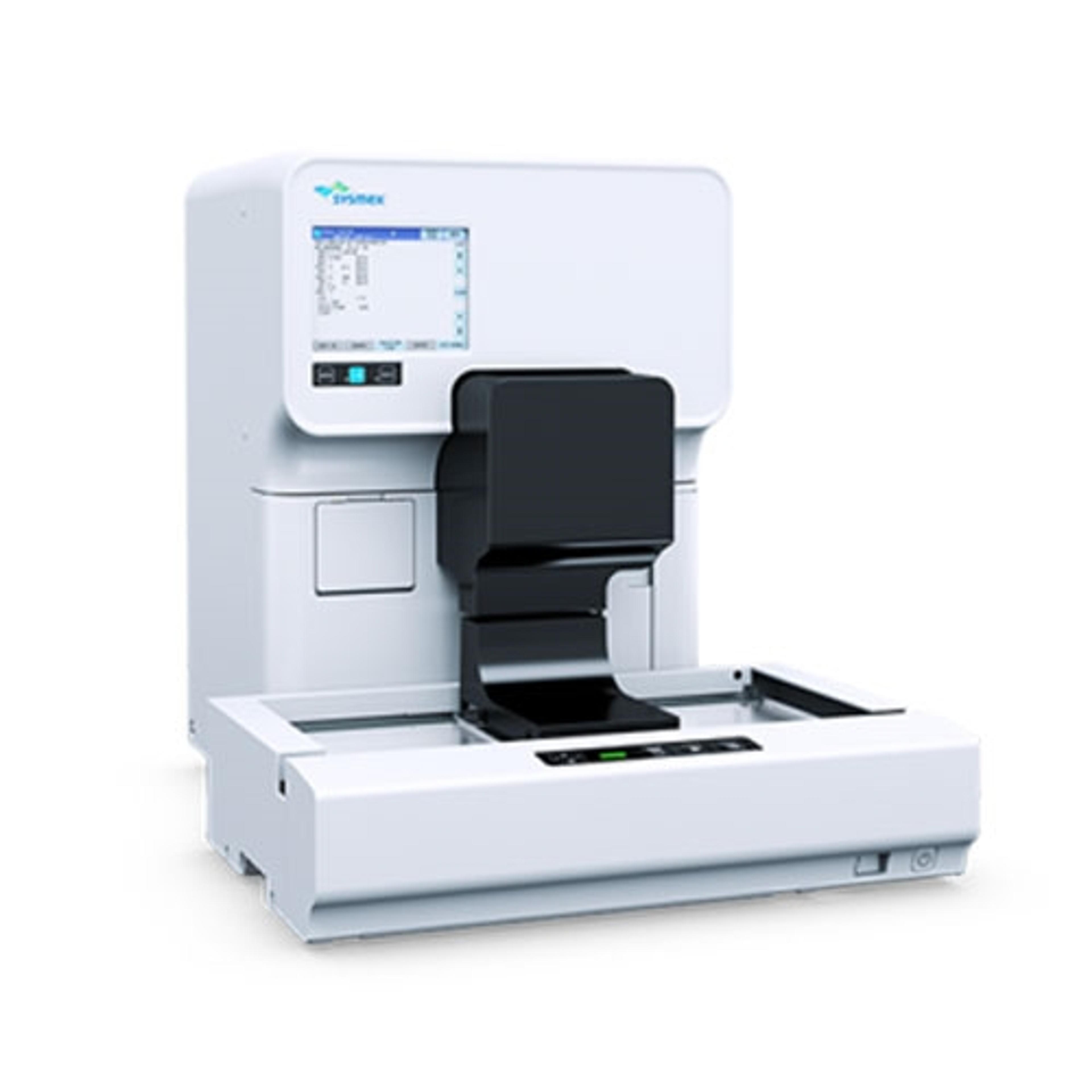Sysmex has launched Plasma-SeqSensei liquid biopsy RUO kits in EMEA
31 Mar 2021
Sysmex Europe GmbH, together with Sysmex Inostics GmbH, has announced that they will launch the Plasma-SeqSensei™ liquid biopsy research use only (RUO) kits for colorectal cancer (CRC), non-small cell lung cancer (NSCLC), melanoma and thyroid cancer.
Liquid biopsy detects material in body fluids to assess the extent of disease, most often used for the detection of cancerous material in plasma. Though several molecular techniques are used, next generation sequencing is considered to be the most important method to detect minute amounts of circulating tumour DNA (ctDNA). In contrast to tissue biopsy, which is not always obtainable and much more invasive, liquid biopsy is well-suited for clinical research purposes due to its less invasive nature, high concordance to tissue samples in many cancers and real time information available.1,2
Due to a unique technology developed at Johns Hopkins University, Plasma-SeqSensei™ kits can reduce sequencing errors by >100 fold after refining the previously published methods and therefore detect very small amounts of mutant DNA down to seven mutant molecules per sample.3It solves one of the key weaknesses to date which has been the inability to detect very low levels on analyte, missing over 40% of the samples with metastatic disease.1, 4-8
Sysmex is launching four reagent kits with a highly convenient software to enable the use of this highly sensitive technology for RUO purposes in four different types of cancers, namely CRC, NSCLC, melanoma (skin cancer) and thyroid cancer. The liquid biopsy market is expected to grow rapidly by >40% per year to 1B USD over the next three to five years.9
Want the latest science news straight to your inbox? Become a SelectScience member for free today>>
References
1. A. Bardelli and K. Pantel, “Cancer Cell Perspective Liquid Biopsies, What We Do Not Know (Yet),” 2017.
2. Pantel, Klaus & Alix-Panabières, Catherine, “Liquid biopsy and minimal residual disease — latest advances
and implications for cure,” Nature Reviews Clinical Oncology, 2019.
3. Isaac Kinde, Jian Wu, Nick Papadopoulos, Kenneth W. Kinzler, and Bert Vogelstein, “Detection and
quantification of rare mutations with massively parallel sequencing,” PNAS, 2011.
4. Schmiegel, W.; et al., “Blood-based detection of RAS mutations to guide anti-EGFR therapy in colorectal
cancer patients: concordance of results from circulating tumor DNA and tissue-based RAS testing,”
Molecular Oncology, 2017.
5. Saunders, M.P. et al., “Performance assessment of blood based RAS mutation testing: Concordance of
results obtained from prospectively collected samples,” Annals of Oncology, 2016.
6. B., Vidal; et al., “Clinical applications of extended ctDNA RAS mutation determination in metastatic
colorectal cancer.,” Journal of Clinical Oncology, 2017.
7. Oxnard, G.; et al., “Association between plasma genotyping and outcomes of treatment with osimertinib
(AZD9291) in advanced non-small-cell lung cancer,” Journal of Clinical Oncology, 2016.
8. Baselga, J.; et al., “PIK3CA status in circulating tumor DNA (ctDNA) predicts efficacy of buparlisib (BUP)
plus fulvestrant (FULV) in postmenopausal women with endocrine-resistant HR+/HER2– advanced breast
cancer (BC): First results from the randomized, phase III BELLE-2 tria,” Oral pres. SABSC,
2015.
9. DeciBio Consulting, “Liquid Biopsy Market Report and Stakeholder ToolKit,” DeciBio Consulting, 2019

